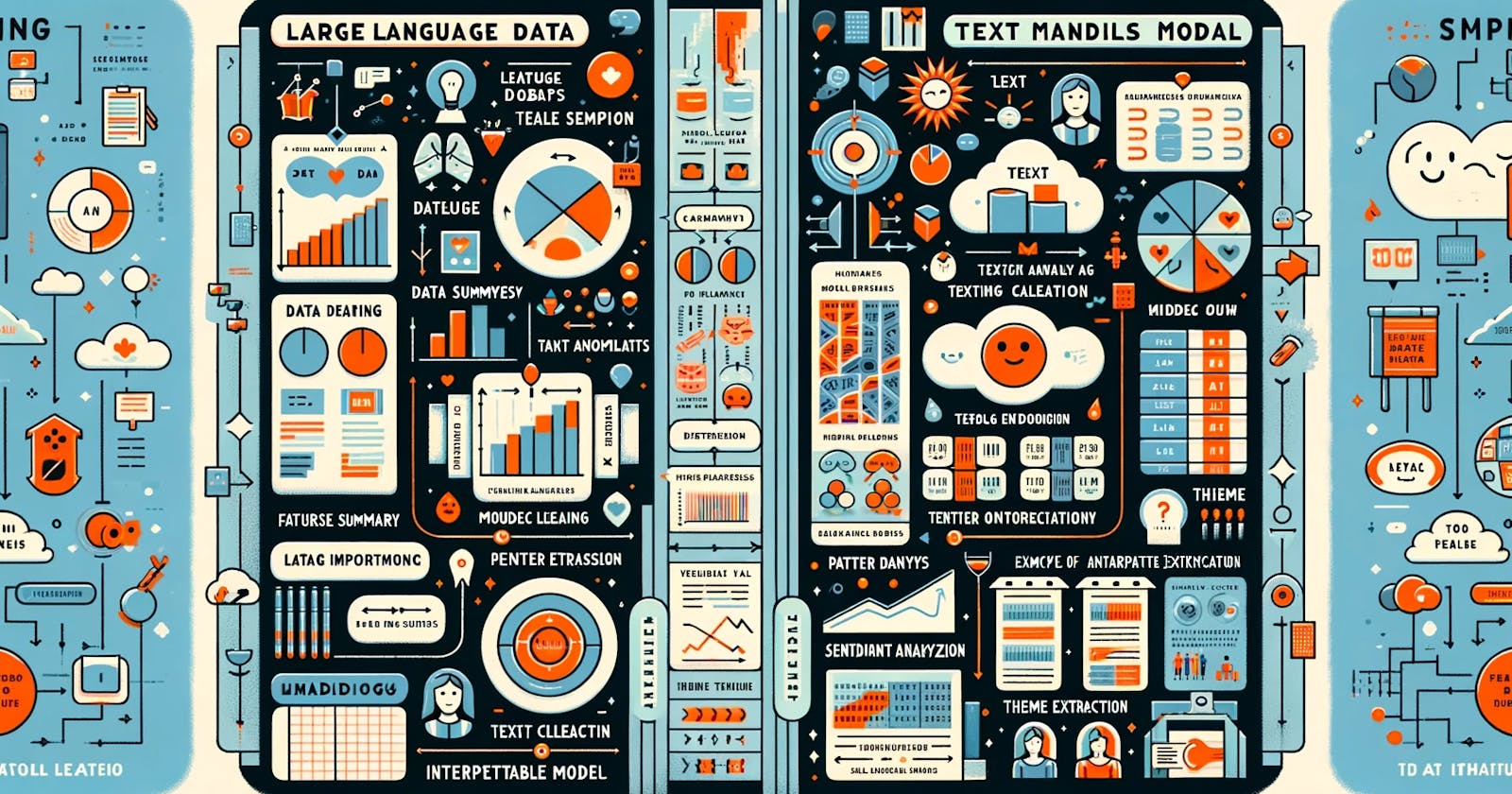Ref : https://arxiv.org/pdf/2402.01761.pdf
LLMs for Explanation
Tabular Data
Tabular data refers to information in tables, consisting of rows and columns, like in spreadsheets or databases. It's a common way to organize information so it's easy to analyze. LLMs can be incredibly helpful with tabular data in several ways:
Visualization and Summary: LLMs can help by generating summaries or visual representations (like charts or graphs) of tabular data. This makes it easier to grasp complex information at a glance. For instance, if you have a table of sales data over several months, an LLM could summarize trends or create a chart showing sales growth.
Data Cleaning and Preparation: Working with raw data often requires cleaning it up and organizing it, which can be tedious. LLMs can assist by automating parts of this process, like identifying and correcting errors or inconsistencies in the data, based on patterns it has learned.
Pattern Recognition: LLMs can analyze tabular data to identify statistical patterns or anomalies. For example, it might identify outliers in data that could indicate errors or interesting trends worth investigating further.
Interpretation of Model Outputs: Beyond analyzing the data directly, LLMs can also help interpret the outputs of models trained on tabular data. They can explain in natural language the significance of model predictions, helping users understand how different features influence these predictions.
Text Data
Text data is unstructured and includes anything from articles and books to social media posts. It's rich and nuanced but can be challenging to analyze because of its complexity. LLMs bring a powerful capacity for working with text data:
Feature Importance Identification: LLMs can identify and highlight which words or phrases in a text are most influential in determining an outcome or classification. This is like reading an essay and pinpointing which arguments were most persuasive.
Sentiment Analysis: LLMs can understand the sentiment or emotional tone behind text data, useful for gauging public opinion or customer feedback. They can read through thousands of product reviews, for example, and summarize the overall sentiment towards the product.
Theme and Topic Extraction: LLMs can analyze large collections of text to identify common themes or topics, even when those topics are not explicitly stated. This helps in summarizing what a large set of documents is about or in discovering underlying trends in social media discussions.
Interpretable Models for Text: Recent advancements have enabled LLMs to not only analyze text but also create models that are interpretable. This means they can break down their analysis process, showing how they arrived at a particular conclusion or prediction based on the text data. For instance, when classifying news articles into categories, an LLM can explain why an article was categorized as "sports" by highlighting the presence of key terms or phrases associated with sports.

